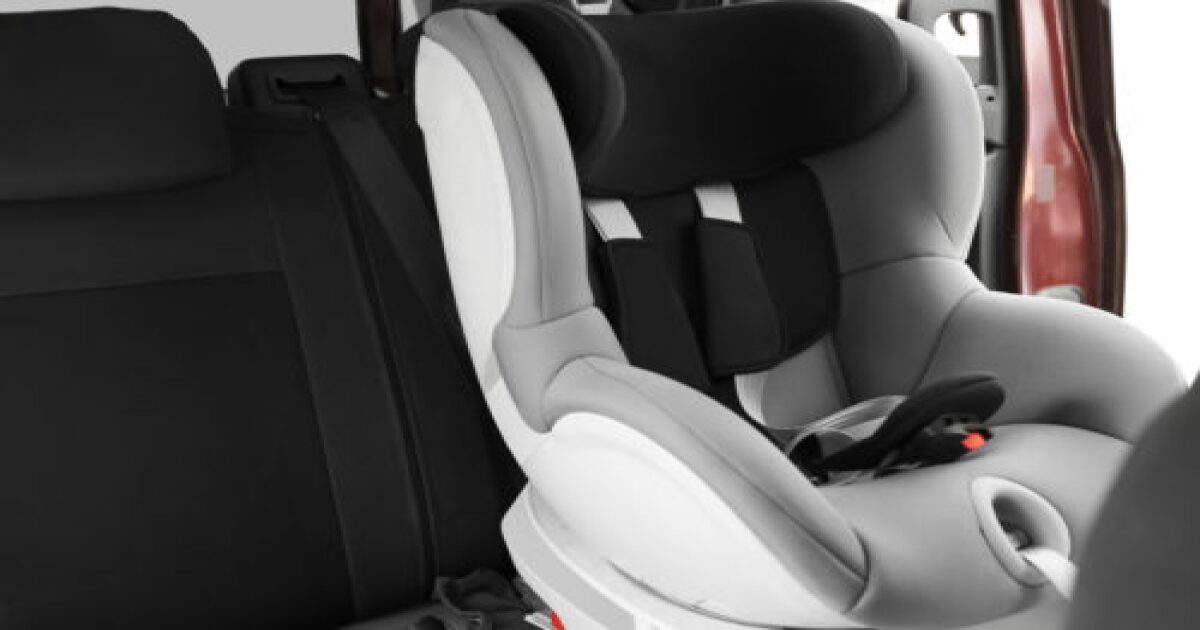National Passenger Safety Week means double-checking car seats
COLORADO — The Colorado Department of Transportation (CDOT) is urging the importance of car seat safety during National Passenger Safety Week.
Four out of five car seats are installed and used incorrectly, according to the U.S. Department of Transportation, posing a serious and even deadly risk to children in the case of a car crash. According to CDOT, car crashes are the leading cause of death for children under 12 years old.
Now is a good time to double-check that your child is properly fitting in their car seat and that it is installed securely. Here are recommendations from the National Highway Traffic Safety Administration (NHTSA) to make sure your child is safe in the backseat:
Rear-facing car seats
- Newborn to three years (use as long as possible)
- Use until child outgrows the manufacturer’s height or weight requirements
- Harness at or below child’s shoulders
- Chest clip at chest/armpit level
Forward-facing car seats
- Two to five years old
- Use until child outgrows the manufacturer’s height or weight requirements
- Install with lower anchors or seat belt and top tether anchor
Booster seats
- Four to 12 years old (or until adult seatbelt fits properly)
- Use until child outgrows the manufacturer’s height or weight requirements
- Shoulder belt across the shoulder (not across neck or face)
- Lab belt across upper thighs (not stomach)
Adult seat belts (no car seat)
- Older than eight years old
The NHTSA also recommends all children under 13 years old ride in the backseat due to front seat airbags. These recommendations differ slightly from Colorado’s child retrain law which includes the following:
-
Child Age/Size Statutory Requirement Less than 1 year and weighing less than 20 pounds Properly secured in a rear‑facing child restraint system in a rear seat of the vehicle 1 year to 4 years, and weighing 20 to 40 pounds Properly secured in a rear‑facing or forward‑facing child restraint system Children up to 8 years Properly secured in a child restraint system, such as a booster seat, according to the manufacturer’s instructions 8 to 15 years Properly restrained in a safety belt or child restraint system according to manufacturer’s instructions Source: Sections 42‑4‑236 and 42-4‑237, C.R.S.
The citation for…

